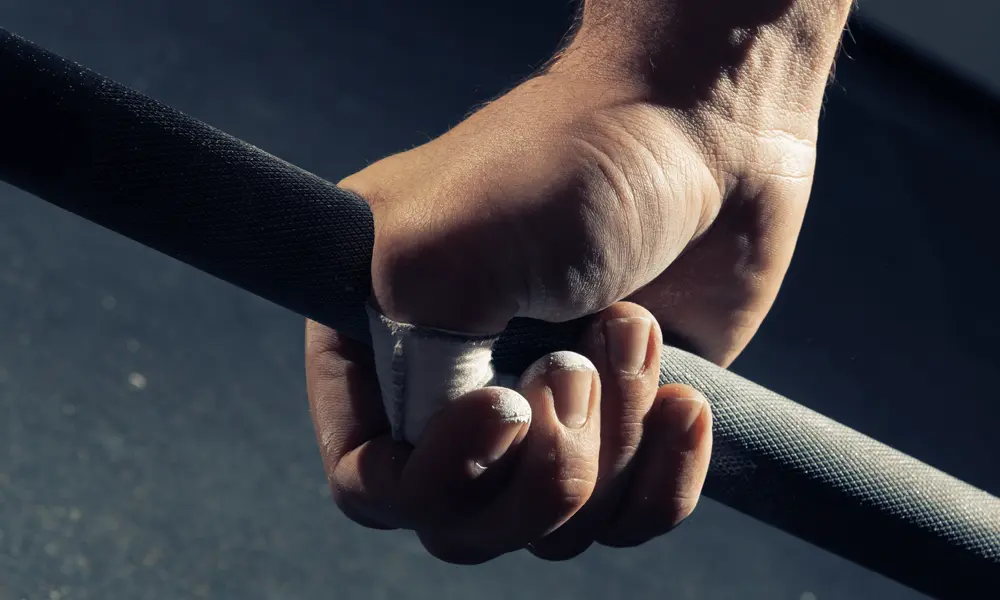Grip Mastery: Unveiling the Science Behind Cricket Batting Gloves

In the realm of cricket, where split-second decisions and razor-sharp reflexes reign supreme, the grip on the bat is paramount. It's not just about holding onto the willow; it's about wielding it with precision and power. At the heart of this mastery lies the cricket batting glove—a seemingly humble accessory that conceals a world of scientific innovation dedicated to enhancing grip. Let's unravel the intricate science behind the grip of cricket batting gloves.
Friction, the Key to Control
At its core, the grip of a cricket batting glove relies on the principles of friction. When a batsman holds the bat, friction between the glove and the handle generates the necessary traction to maintain control during shots. However, the challenge lies in striking the right balance between grip and comfort. Too much friction can impede fluid movement, while too little can result in the bat slipping from the hands at a crucial moment. Mastering this delicate equilibrium is where science and craftsmanship converge.
Materials Matter
The choice of materials plays a pivotal role in determining the grip performance of cricket batting gloves. Traditional leather gloves offer natural grip and feel, allowing the batsman to establish a tactile connection with the bat. However, modern advancements have introduced a myriad of synthetic materials that enhance grip while offering additional benefits such as durability and moisture-wicking properties. Silicone grips strategically integrated into the glove's palm provide enhanced traction, particularly in wet conditions, ensuring the bat remains secure even in the face of adversity.
Texture and Pattern
Beyond materials, the texture and pattern of the glove's palm surface significantly influence grip performance. Manufacturers employ innovative techniques to engineer micro-textures and intricate patterns that optimize friction while minimizing discomfort. These designs are not arbitrary but meticulously crafted through rigorous testing and analysis. By studying the interaction between different textures and the human hand, scientists fine-tune grip patterns to maximize surface contact and minimize slippage, empowering batsmen to unleash their full potential with every stroke.
Ergonomics and Biomechanics
The science of grip extends beyond the palm to encompass the entire hand-arm system. Ergonomic design principles dictate the glove's shape and fit, ensuring optimal alignment of the hand and fingers for maximum grip strength and control. Biomechanical studies delve into the intricate mechanics of grip formation, analyzing factors such as finger placement, pressure distribution, and muscle activation patterns. By applying these insights, glove designers create gloves that not only enhance grip but also minimize fatigue and injury risk, allowing batsmen to maintain peak performance throughout long innings.
The Human Factor
Amidst the scientific intricacies of grip optimization, one must not overlook the human factor. Ultimately, the effectiveness of a cricket batting glove's grip is contingent upon the individual preferences and techniques of the batsman. What feels comfortable and secure for one player may not necessarily suit another. Therefore, glove manufacturers offer a variety of grip options, allowing players to choose the one that best aligns with their playing style and personal preferences. This acknowledgement of the human element underscores the symbiotic relationship between science and subjectivity in the quest for the perfect grip.
Conclusion
The grip of cricket batting gloves is a testament to the fusion of science, technology, and human ingenuity. From the molecular level interactions of friction to the ergonomic considerations of biomechanics, every aspect is meticulously crafted to empower batsmen with the confidence and control they need to excel on the field. As players step up to the crease, their grip on the bat serves as a tangible manifestation of the relentless pursuit of excellence—an embodiment of the timeless adage that in cricket, as in life, success lies in the firmness of one's grip.

